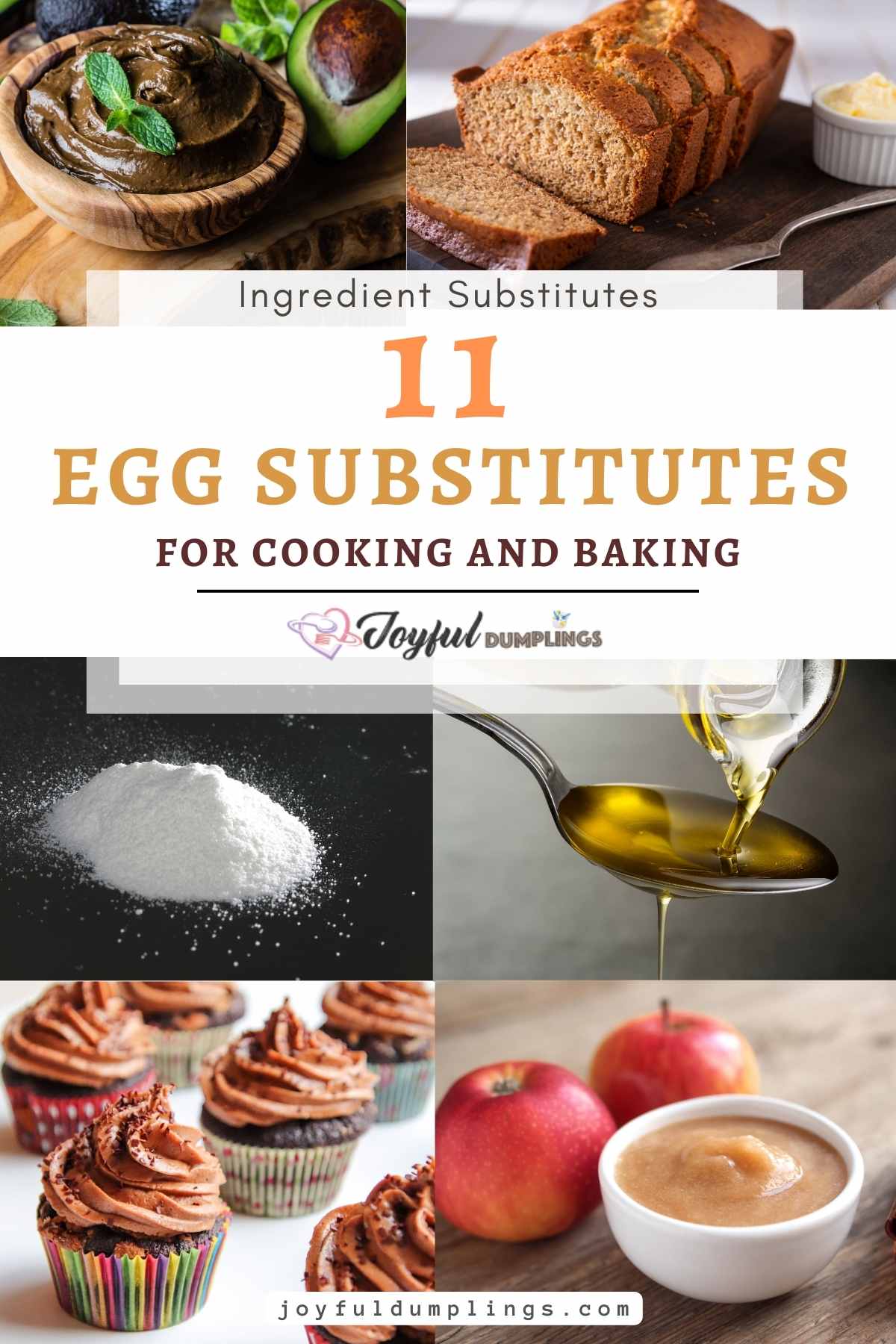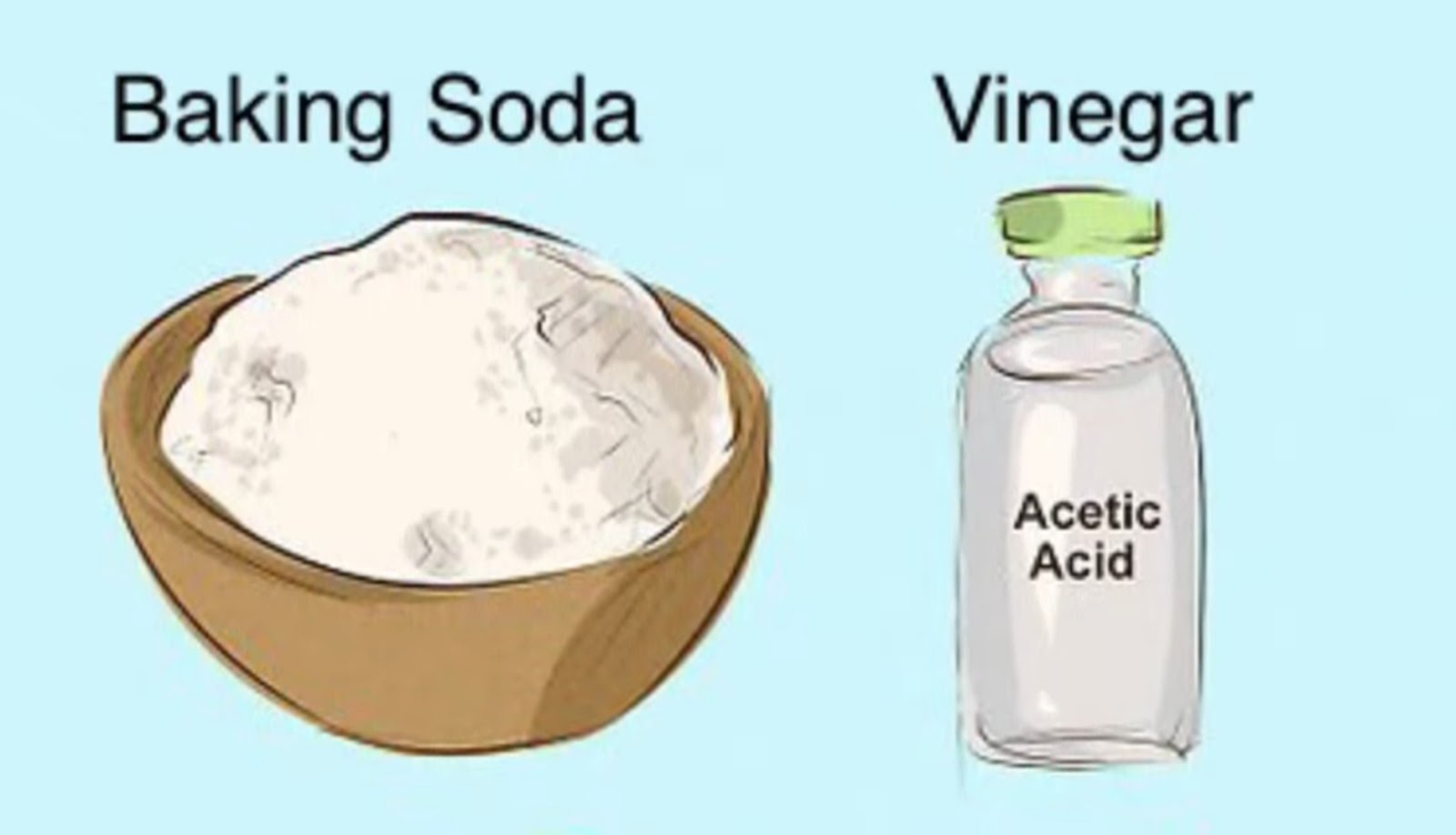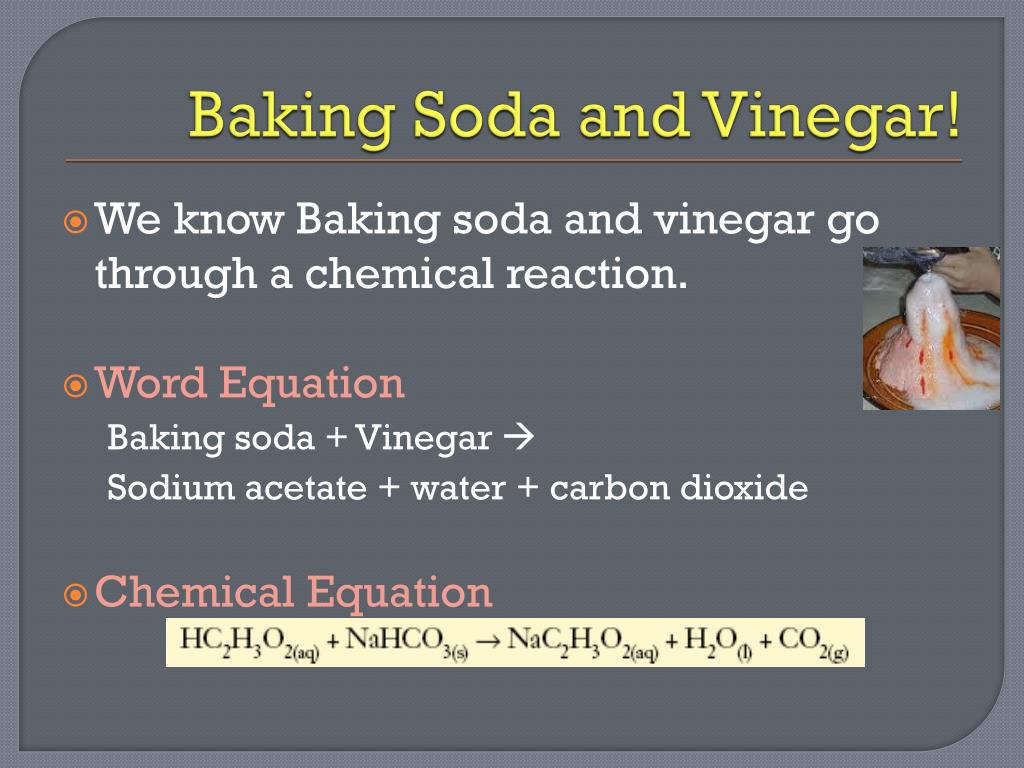
Substitute for egg in baking: Mastering alternatives unlocks delicious possibilities, ensuring delightful treats regardless of dietary needs or ingredient availability.
Many bakers seek methods to modify recipes, and finding suitable egg alternatives is a critical skill. Understanding the role of eggs in baked goodsproviding structure, moisture, and richnessis essential for selecting appropriate substitutes.
Mastering egg replacement techniques in baking can significantly enhance a cook’s versatility and adaptability. This skill not only addresses dietary restrictions, such as veganism or egg allergies, but also allows for creative experimentation with different flavors and textures.
The practice of using egg alternatives has grown from necessity and culinary innovation. Throughout history, cooks have adapted recipes based on available ingredients. The rise of plant-based diets and increased awareness of food sensitivities have further fueled the development of reliable egg substitutes.
For home cooks, the ability to swap out eggs provides flexibility when faced with empty refrigerators or unexpected dietary needs. Whether it’s a simple cake or an intricate pastry, egg alternatives make baking accessible to everyone.
Various options exist, each with unique properties. Applesauce, flaxseed meal, and mashed bananas are common replacements. However, the choice depends on the desired outcome and the specific recipe.
Exploring these substitutes will empower bakers to confidently create delicious, egg-free treats. The following guide details effective egg replacement strategies, ensuring successful baking results.
Texture and Structure
The relationship between texture, structure, and egg alternatives is pivotal in baking. Eggs contribute significantly to binding ingredients, creating a cohesive network that provides stability. When eggs are removed, the structure can weaken, potentially resulting in crumbly or flat baked goods. Choosing the right replacement becomes paramount to replicating the desired outcome.
Substitutes impact the overall texture of the final product. For instance, applesauce adds moisture and tenderness, while flaxseed meal offers a chewier consistency. A cake recipe using applesauce as an egg substitute may result in a softer, more delicate crumb than one relying on flaxseed. Understanding these nuances allows for careful adjustments to achieve the ideal texture.
Correctly navigating this interplay leads to successful egg-free baking. By carefully selecting substitutes based on their structural and textural contributions, bakers can confidently adapt recipes. The result is consistently satisfying baked goods that maintain both form and pleasurable mouthfeel. This knowledge bridges dietary needs and delicious results.
Moisture Content
Moisture content stands as a critical consideration when exploring egg alternatives in baking. Eggs naturally introduce liquid to recipes, influencing the overall hydration and preventing dryness. Substituting requires a keen understanding of how to maintain this delicate balance.
-
Humectant Properties of Substitutes
Certain egg replacements, such as applesauce or mashed bananas, possess humectant qualities, meaning they attract and retain moisture. This helps keep baked goods soft and pliable. Overuse, however, can lead to a soggy or dense texture, underscoring the need for precise measurements.
-
Adjusting Liquid Ratios
When using inherently drier substitutes, like flaxseed meal or chia seeds, slight adjustments to liquid ratios become crucial. Adding a tablespoon or two of extra water or plant-based milk can compensate for the lost moisture, ensuring the batter or dough achieves the desired consistency. Without such adjustments, the final product may turn out crumbly or dry.
-
Impact on Shelf Life
The moisture content also influences the shelf life of baked goods. Properly hydrated cakes and cookies tend to stay fresher for longer. Using moisture-rich egg substitutes helps maintain this freshness, preventing the baked items from becoming stale quickly. However, excessive moisture can also promote mold growth, highlighting the importance of balanced recipes.
-
Visual Cues and Doneness
Visual cues for doneness may shift when using egg alternatives. A cake baked with applesauce, for instance, might appear slightly darker or take a few minutes longer to bake fully. Regular testing with a toothpick or skewer is vital to ensure the center is cooked through without becoming overly dry. Experience refines this judgment, leading to consistent results.
Mastering the management of moisture content transforms the landscape of egg-free baking. Thoughtful application of these principles not only replicates the texture and mouthfeel of traditional recipes but also opens doors to creative experimentation. Balanced hydration ensures that every bite remains delightfully moist and flavorful, regardless of the chosen substitute.
Flavor Profile
The selection of an egg alternative in baking holds a significant impact on the final flavor profile. Eggs contribute a subtle richness and emulsifying properties that influence the taste of baked goods. Substituting these with other ingredients introduces new flavor nuances, either complementing or altering the intended result. Applesauce, for instance, adds a gentle sweetness, while flaxseed imparts an earthy, nutty undertone.
The influence extends beyond mere addition; it shapes the entire gustatory experience. A banana bread recipe, traditionally featuring eggs, transforms distinctly when relying solely on mashed bananas as the substitute. The prominent banana flavor integrates deeper, intensifying the overall sweetness and aroma. Similarly, using silken tofu as a replacement in a chocolate cake can yield a fudgier texture and subtly mute the chocolate’s intensity, demanding careful consideration of other ingredients to balance the flavor profile.
Thoughtful navigation through the realm of egg alternatives and flavor profiles unlocks creative culinary possibilities. Bakers adapt and refine recipes to achieve intended taste sensations, highlighting the interconnectedness of ingredients in shaping the ultimate sensory delight. This conscious consideration enables a harmonious blend, ensuring each bite remains a symphony of flavors.
Tip Metadata
- Category: Ingredient Substitutions
Time & Effort
- Estimated Time: 5-10 minutes (per recipe)
- Skill Level: Beginner
- Impact: Enables baking for those with egg allergies, dietary restrictions, or ingredient shortages, while potentially altering texture and flavor.
Tools or Materials Needed
- Measuring cups and spoons
- Mixing bowl
- Chosen egg substitute (applesauce, flaxseed meal, banana, etc.)
- Original recipe ingredients
Step-by-Step Guide
- Step 1: Assess the Recipe: Determine the role of the egg in the recipe. Is it primarily for binding, moisture, leavening, or richness? This assessment guides the selection of the appropriate substitute.
- Step 2: Choose the Substitute: Select an egg substitute based on the recipe’s requirements. For binding, flaxseed meal or chia seeds work well. For moisture, applesauce or mashed banana are suitable. For leavening, consider using baking powder in combination with other substitutes.
- Step 3: Prepare the Substitute: Properly prepare the chosen substitute. For flaxseed meal, mix 1 tablespoon of flaxseed meal with 3 tablespoons of water and let it sit for 5 minutes to form a gel. For applesauce or banana, ensure it is pureed smoothly.
- Step 4: Substitute Appropriately: Generally, one egg can be replaced with cup of applesauce, mashed banana, or flaxseed meal mixture. Adjust quantities based on recipe specifics and desired outcome.
- Step 5: Incorporate into Recipe: Add the substitute to the wet ingredients as you would with an egg. Mix thoroughly to ensure even distribution.
- Step 6: Bake as Directed: Follow the original recipe’s baking instructions, but monitor closely. Egg substitutes can affect baking time, so check for doneness slightly earlier than specified.
Common mistakes include using too much of a substitute, which can lead to a gummy or overly moist texture. Some substitutes impart a noticeable flavor, so consider pairing flavors accordingly. For instance, use applesauce in spice cakes or muffins where the apple flavor complements the other ingredients. Also, note that substituting eggs may change the final texture and rise of the baked good.
Pro Tip or Variation
For a lighter, airier texture in cakes or muffins, try using aquafaba (the liquid from canned chickpeas). Three tablespoons of aquafaba can replace one egg and can even be whipped to create a meringue-like effect.
Best Practices & Expert Tips
- Understand Egg’s Role Thoroughly assess whether the egg is primarily for binding, leavening, moisture, or richness before selecting a substitute.
- Consider Texture Goals Select substitutes based on desired texture: Applesauce adds moisture; flaxseed offers chewiness; banana enhances softness.
- Hydrate Dry Substitutes When using dry substitutes like flaxseed or chia, pre-mix with water to form a gel, enhancing binding properties.
- Adjust Baking Time Monitor baking progress closely; substitutes may alter cooking times and browning. Check for doneness using a toothpick.
- Balance Flavors Be mindful of added flavors from substitutes like applesauce or banana, adjusting other ingredients to maintain flavor balance.
- Combine Substitutes Use a combination of substitutes for more complex recipes; for example, flaxseed for binding and applesauce for moisture.
Variations & Common Mistakes
- Aquafaba for Leavening Utilize aquafaba (chickpea brine) as a meringue-like substitute for airy textures in cakes and mousses.
- Silken Tofu for Richness Employ silken tofu in chocolate cakes for a fudgy texture, but reduce other liquids to compensate.
- Overuse of Applesauce Avoid adding too much applesauce, which can result in a gummy or overly moist final product.
- Incorrect Flaxseed Ratio Using the wrong flaxseed-to-water ratio can lead to poor binding. Stick to 1 tablespoon flaxseed meal to 3 tablespoons water.
- Ignoring Leavening Agents Ensure sufficient baking powder or soda when substituting eggs, as some substitutes lack natural leavening properties.
- Assuming All Substitutes Work Equally Recognize that each substitute affects the outcome differently. Some are better suited for certain recipes than others.
Why This Tip Matters
Mastering egg substitutes opens a world of baking possibilities, allowing you to create delicious treats regardless of dietary restrictions or ingredient availability.
Whether you’re vegan, have an egg allergy, or simply ran out of eggs, this tip is versatile and useful for all skill levels and a wide range of baked goods. You can confidently adapt your favorite recipes and still achieve satisfying results.
Now it’s your turn! Experiment with these substitutes in your own kitchen and see how they can transform your baking. Share your own tips and favorite combinations in the comments belowwe’d love to hear about your culinary adventures.
Happy cooking!
Images References :
Image used for illustration purposes only. All rights belong to their respective owners.


